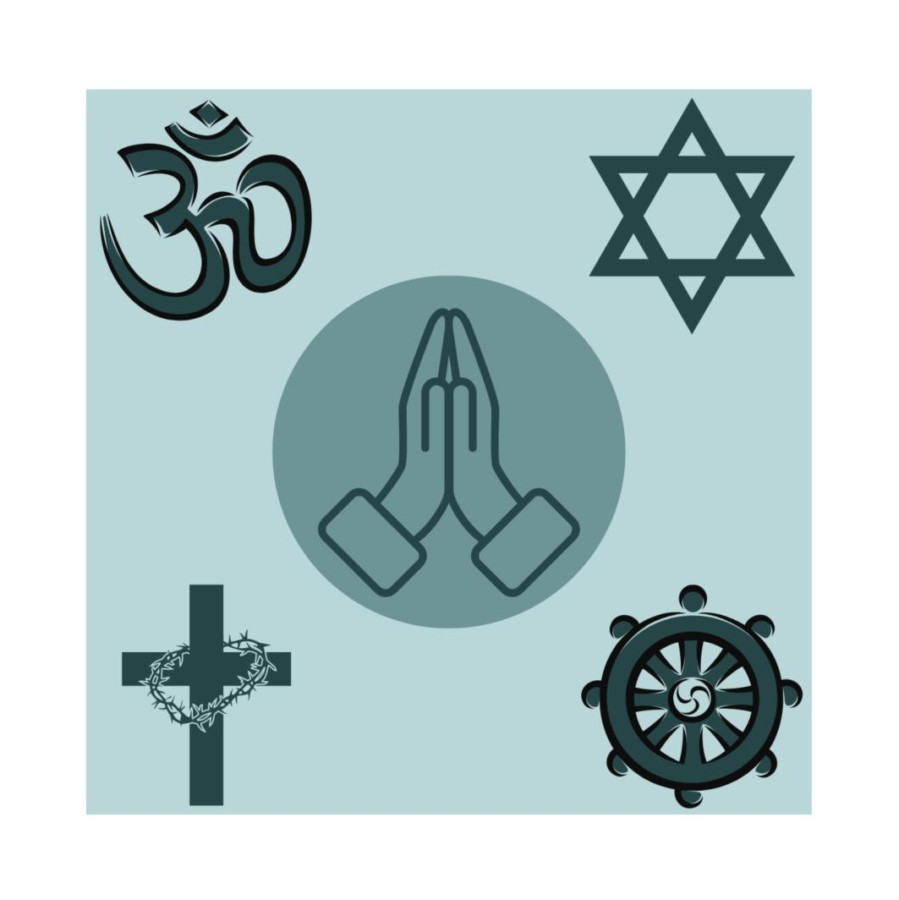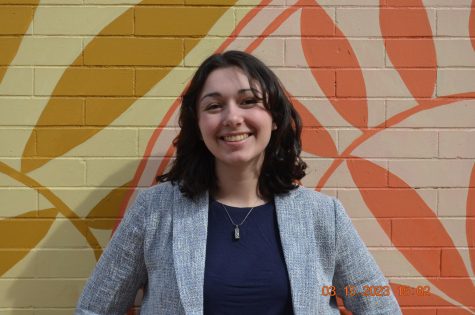Amidst the hectic check-ins, baggage claims and security of airports sit quiet, blank sanctuaries. Coined multi-faith or interfaith rooms, these spaces welcome people of all faiths and religions, providing sanctuaries for prayer, meditation and quiet contemplation.
Throughout most of the history of religious rooms, single-faith ones were the most common. The 1920s saw a revival of Christian values that dominated religious spaces. The cultural shift towards religious tolerance, most recognizable during the 1990s and 2000s, helped turn these single-faith spaces into multi-faith ones.
Similar rooms are found on college campuses around the country. Nearly all campuses provide places of worship for students to connect with their personal religious identities and practices.
PV alumna Neda Bazaraa, a freshman at the University of Iowa, benefits from UI’s interfaith rooms. “At the University of Iowa, the Seamans Center has a prayer room, so I’m sure that other University buildings do as well,” she said. “For me and many other students, prayers and other religious duties are a part of our daily routine. It’s important to have a space to allow students to connect with their religion as they would’ve done at home or in another space,” Bazaraa concluded.
Such spaces have been nonexistent at Pleasant Valley, where students who needed access to prayer spaces resorted to empty conference rooms and offices.
That is, until students at PV took matters into their own hands.
Enter a “Positive Place”, a student-led organization dedicated to creating a diverse and inclusive school environment. The club worked for over a year to make a multi-faith room a reality.
Housed in the library, the multi-faith room includes lamps and cabinets for storing religious texts. Plans include adding privacy blinds, a Qibla Pointer and light-covering cloths. With the new school year underway, the club hopes to have everything finished by the end of the first quarter.
Positive Place member Muskan Mehta shared what it means for the multi-faith room to be a reality. “The inclusion of a multi-faith room promotes religious diversity and builds a welcoming environment,” Mehta said.
Mehta finished with the ripples the multi-faith room has created. “The goal of this room is to allow people of different religions to practice their beliefs in a safe and culturally sensitive space. It makes bounds towards advocating for students and staff to respect and acknowledge every student and their needs,” Mehta said.
In a diverse world with numerous religions and faiths, spaces that accept any belief provide much needed support. Multi-faith rooms, whether in schools, airports, or colleges, provide spaces to connect with religion even in the bustling hustle of society.









